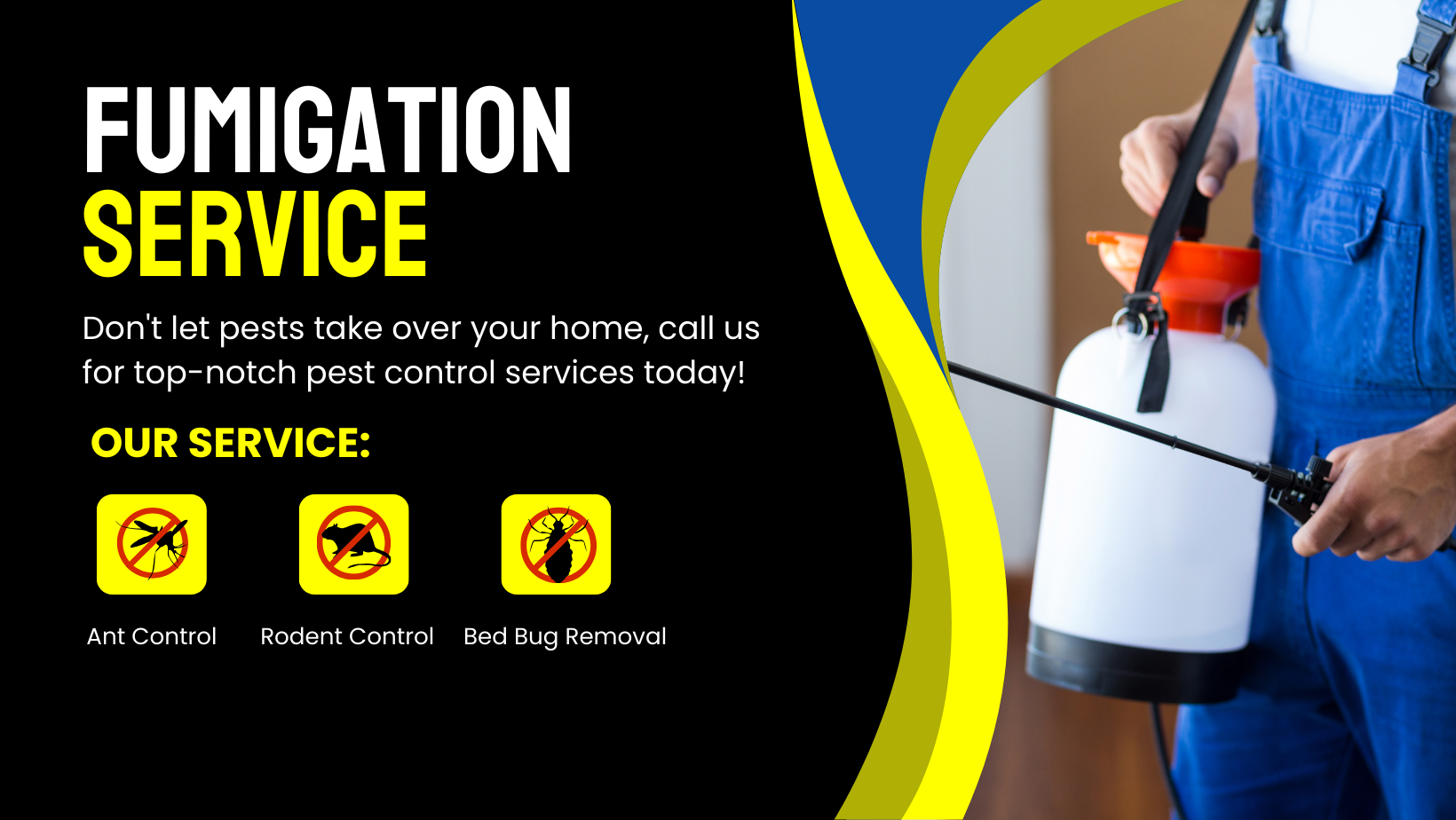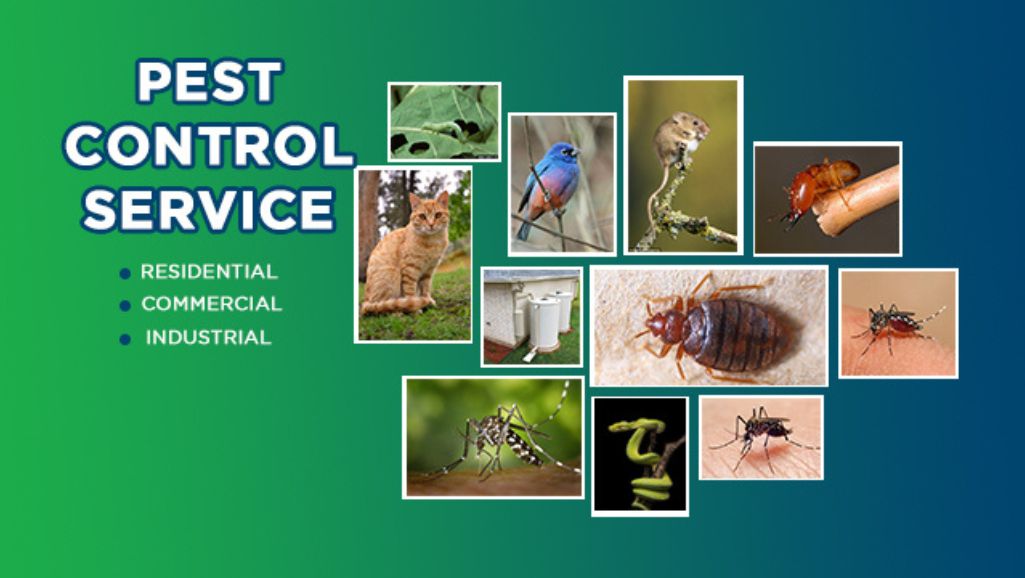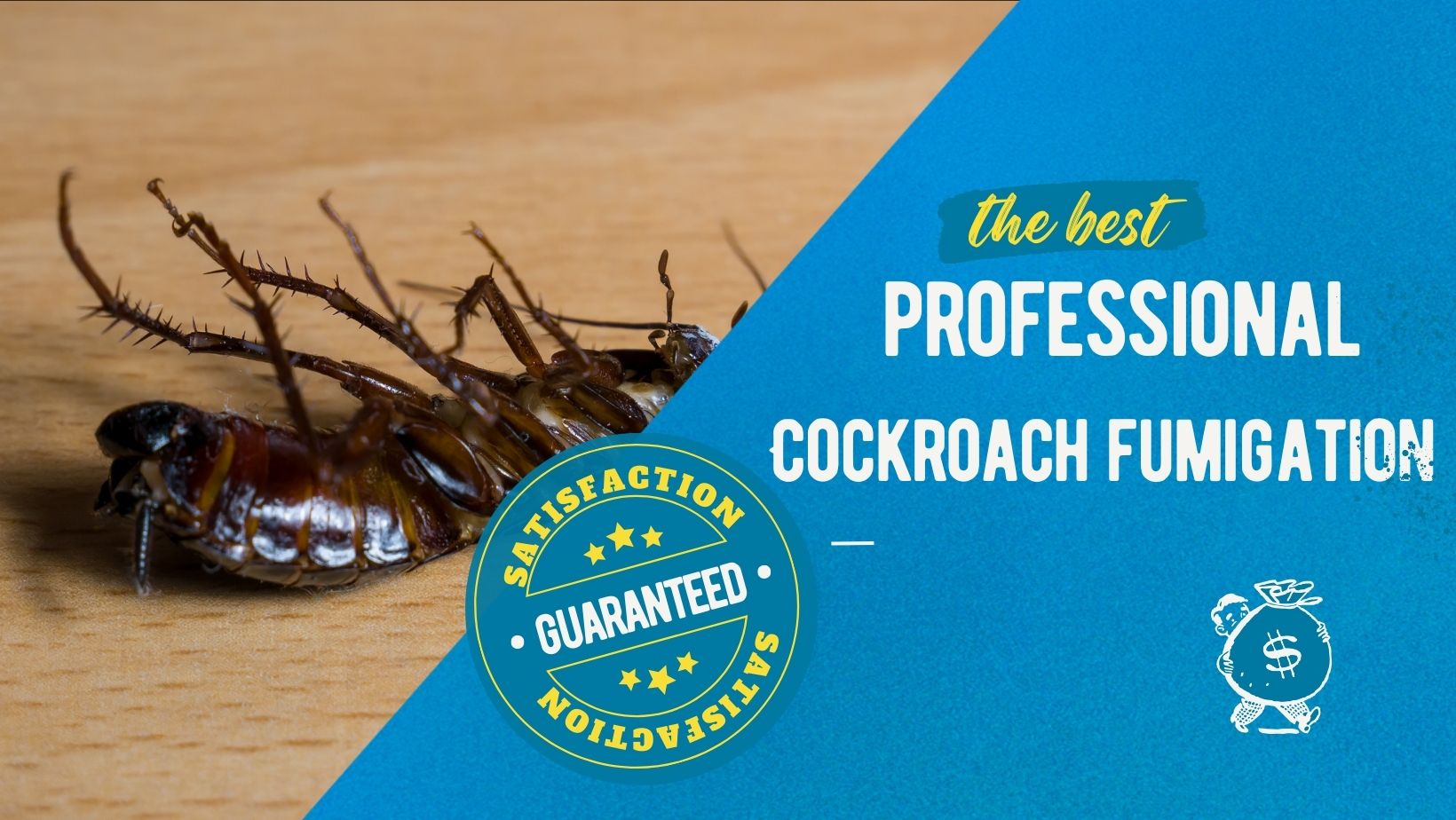Exploring the Top Pest Control Companies: How to Make an Informed Decision
Looking for the top pest control companies to tackle your pest problem? Making an informed decision is crucial when it comes to hiring the right professionals. But with so many options available, where do you start?
In this article, we will guide you through the process of choosing the best pest control company for your needs. We will explore the top companies in the industry, comparing their services, pricing, and customer reviews. Whether you’re dealing with ants, termites, rodents, or any other pests, our comprehensive analysis will help you make an educated choice.
Our expert team has researched to save you time and effort. We’ve analyzed the strengths and weaknesses of each company, ensuring that the information we provide is accurate and reliable. By the time you finish reading this article, you’ll have all the information you need to confidently select a pest control company that delivers effective results.
Don’t let pests take over your home or business. Keep reading to discover the best pest control companies that will help you reclaim your space.

pest control companies
The importance of hiring a professional pest control company
When it comes to dealing with pests, hiring a professional pest control company is essential. DIY methods may provide temporary relief, but they often fail to address the root cause of the problem. Professional pest control companies have the experience, knowledge, and tools to effectively eliminate pests and prevent future infestations.
One of the main advantages of hiring professionals is their expertise in identifying the type of pest and the extent of the infestation. This allows them to develop a targeted treatment plan that is tailored to your specific needs. Additionally, professional pest control companies use safe and environmentally friendly products, ensuring the well-being of your family and pets.
Factors to consider when choosing a pest control company
Before selecting a pest control company, there are several factors you should consider. First and foremost, check if the company is licensed and insured. Pest control involves the use of chemicals and specialized equipment, so it’s important to choose a company that meets all legal requirements. A licensed company demonstrates a commitment to professionalism and compliance with industry standards.
Another important factor to consider is the company’s reputation. Research online to read customer reviews and testimonials. Pay attention to the overall satisfaction level, the effectiveness of their treatments, and their customer service. A company with a solid reputation is more likely to deliver satisfactory results.
Researching and comparing pest control companies
To make an informed decision, it’s crucial to research and compare different pest control companies. Start by making a list of companies in your area. Look for companies that have been in business for a significant amount of time as it indicates their experience and reliability.
Visit the websites of these companies to gather more information about their services, expertise, and certifications. Look for details regarding the pests they specialize in, the methods they use for eradication, and any guarantees they offer. This information will help you narrow down your options and select companies that align with your requirements.
Reading customer reviews and testimonials
Customer reviews and testimonials provide valuable insights into the quality of services provided by pest control companies. Read reviews on reputable platforms such as Google, Yelp, or the Better Business Bureau. Look for consistent positive feedback and pay attention to any recurring issues or complaints.
While reading reviews, consider the size and type of property the reviewer had, as this can affect the results. Look for reviews from customers who had similar pest problems to yours. This will give you a better understanding of how effective the company’s treatments are for your specific situation.
Services offered by top pest control companies
Top pest control companies offer a wide range of services to address various pest problems. Common services include general pest control, termite control, rodent control, bed bug extermination, and wildlife removal. Some companies also provide specialized services like mosquito control, bird control, and crawl space encapsulation.
When evaluating companies, ensure that they offer the specific services you require. Additionally, consider if they provide ongoing maintenance plans to prevent future infestations. Companies that offer comprehensive services and ongoing support are often a better long-term solution.
Pest control methods and techniques used by professional companies
Professional pest control companies use a variety of methods and techniques to eliminate pests. These methods can range from chemical treatments to non-toxic alternatives, depending on the type of pest and the severity of the infestation. It’s important to choose a company that uses safe and effective methods while minimizing any potential harm to humans and the environment.
Ask the companies you’re considering about their pest control methods. Inquire about their approach to integrated pest management (IPM), which focuses on minimizing the use of chemicals and emphasizing prevention and long-term solutions.
Pricing and cost considerations
When it comes to pricing, pest control companies may have different approaches. Some companies offer fixed pricing based on the size of the property or the type of pest, while others provide customized quotes after conducting an inspection. It’s important to understand the pricing structure and ensure that there are no hidden costs or additional fees.
While cost is a factor to consider, it shouldn’t be the sole determining factor. Quality of service, reputation, and expertise should also be taken into account. Remember, the cheapest option may not always provide the best results, so prioritize value for money over the lowest price.
Importance of licensing and certification
Licensing and certification are important indicators of a pest control company’s professionalism and expertise. Inquire about the certifications and licenses held by the companies you’re considering. These certifications ensure that the company follows best practices and adheres to industry standards.
Additionally, check if the technicians employed by the company are certified and trained. Well-trained technicians are more likely to provide effective treatments and offer knowledgeable advice on pest prevention.
Conclusion: Making an informed decision for pest control services
Choosing the right pest control company can make a significant difference in the effectiveness of the treatments and the long-term success of pest prevention. By considering factors such as licensing, reputation, services offered, and customer reviews, you can make an informed decision that meets your specific needs.
Remember, it’s essential to prioritize quality, effectiveness, and safety over cost alone. Don’t let pests take over your home or business – take control by selecting a professional pest control company that delivers effective results. With the information provided in this article, you’re now equipped to confidently choose the best pest control company and reclaim your space.
This article is for informational purposes only and does not constitute professional advice. Always consult with a qualified pest control professional for specific recommendations tailored to your situation.





